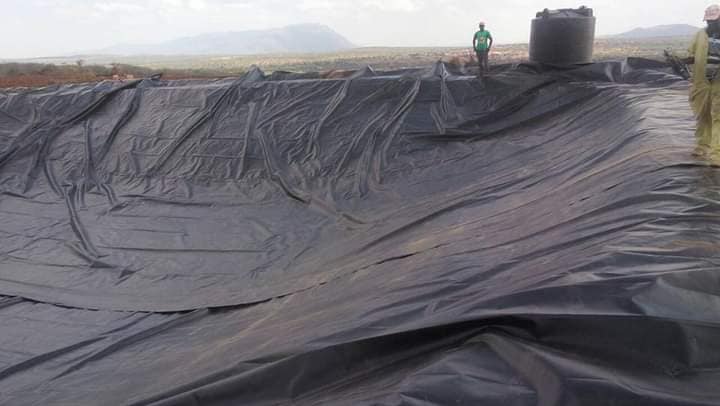Introduction
The construction and maintenance of dams involve numerous critical considerations, among which the cost of dam liners plays a significant role. Dam liners are essential for preventing water seepage, protecting the dam structure, and ensuring the efficient operation of the reservoir. This blog post delves into the various factors influencing dam liner costs and provides insights into optimizing these expenses. We’ll also include external resources for further reading.
Factors Influencing Dam Liner Costs
- Material SelectionThe type of material used for dam liners significantly affects the overall cost. Common materials include:
- High-Density Polyethylene (HDPE): Known for its durability and resistance to chemicals, HDPE is a popular choice. However, it tends to be more expensive than other materials.
- Polyvinyl Chloride (PVC): PVC liners are more affordable but may not offer the same longevity as HDPE.
- Geosynthetic Clay Liners (GCL): These are composed of natural sodium bentonite clay and are often used in combination with other liners for added protection. They are cost-effective but require careful installation.
- Thickness of the LinerThe thickness of the liner impacts its durability and lifespan. Thicker liners provide better resistance to punctures and wear but are more expensive. The optimal thickness depends on the specific requirements of the dam and the nature of the stored water.
- Installation CostsThe installation process can be labor-intensive and varies depending on the complexity of the dam structure. Professional installation ensures the liner is properly fitted and minimizes the risk of leaks. To get an idea of installation practices, you can refer to this installation manual.
- Geographic LocationThe cost of dam liners can vary based on geographic location due to differences in labor costs, material availability, and transportation expenses. Regions with readily available materials and skilled labor may offer more competitive prices.
- Project SizeThe scale of the project influences the overall cost. Larger projects benefit from economies of scale, potentially reducing the cost per unit area of the liner. Conversely, smaller projects might incur higher per-unit costs due to lower bulk discounts and fixed installation costs.
Cost Optimization Strategies
- Material OptimizationChoose materials that offer the best balance between cost and performance for your specific application. Conducting a cost-benefit analysis can help determine the most cost-effective option.
- Efficient DesignOptimize the design of the dam to minimize the surface area that needs lining. Reducing the liner area can lead to significant cost savings.
- Bulk PurchasingBuying materials in bulk can lower the cost per unit. Coordinate with other projects or suppliers to benefit from bulk purchasing discounts.
- Skilled InstallationInvest in skilled labor to ensure proper installation. Poor installation can lead to leaks and additional costs for repairs and maintenance. For tips on selecting qualified installers, visit this contractor selection guide.
- Regular MaintenanceImplement a regular maintenance schedule to extend the lifespan of the dam liner. Early detection and repair of minor issues can prevent costly major repairs in the future.
Conclusion
Understanding the dynamics of dam liner costs is crucial for the efficient and cost-effective management of dam projects. By considering factors such as material selection, liner thickness, installation costs, geographic location, and project size, you can optimize expenses while ensuring the integrity and longevity of your dam. For more information on dam liner technologies and best practices, explore the resources linked throughout this post.
External Resources
- Types of Geosynthetic Liners
- Geomembrane Installation Guide
- Tips for Selecting the Right Geomembrane Installer
By implementing these strategies, you can effectively manage dam liner costs, ensuring the sustainability and safety of your water reservoir projects.
Originally posted 2024-07-30 09:56:51.

